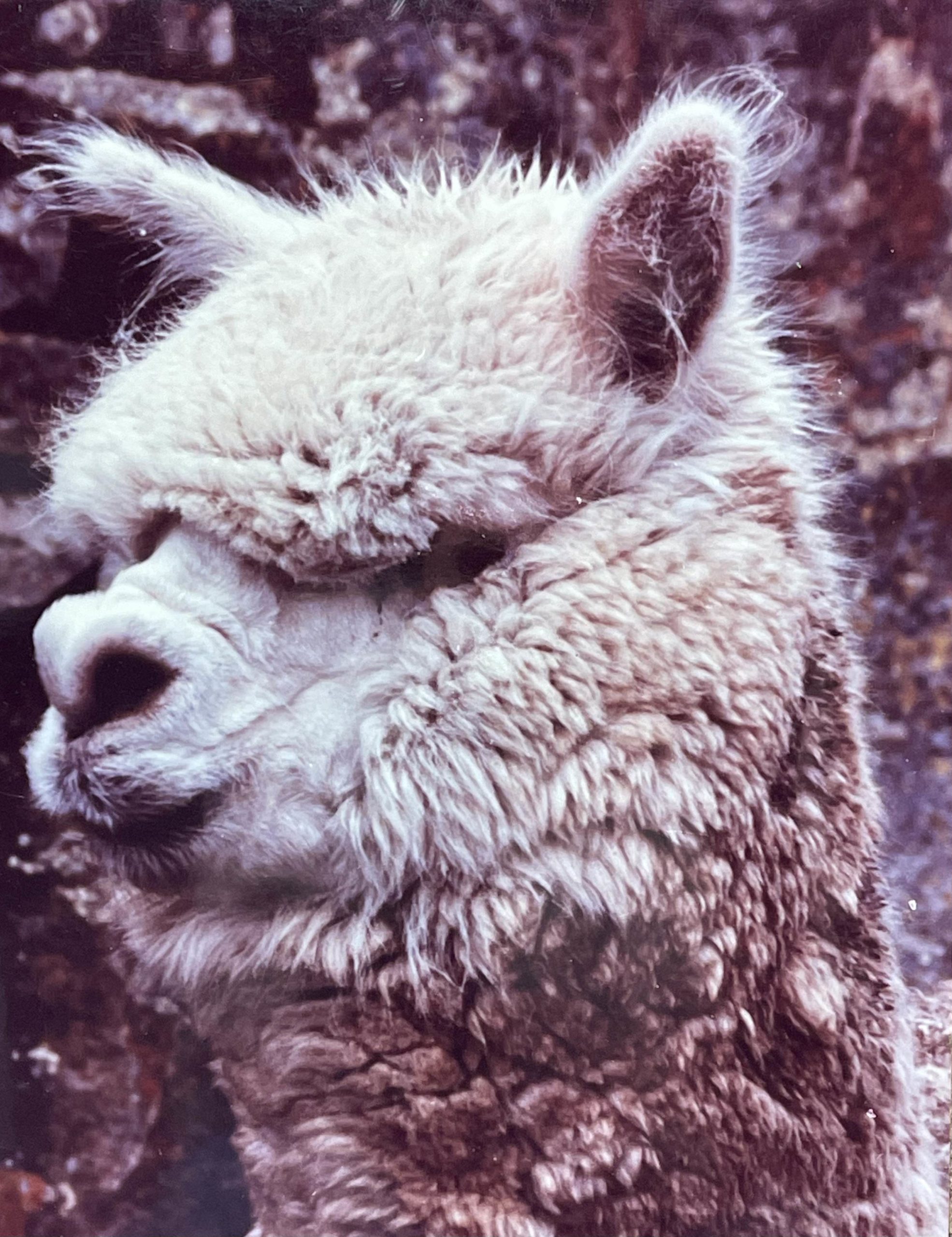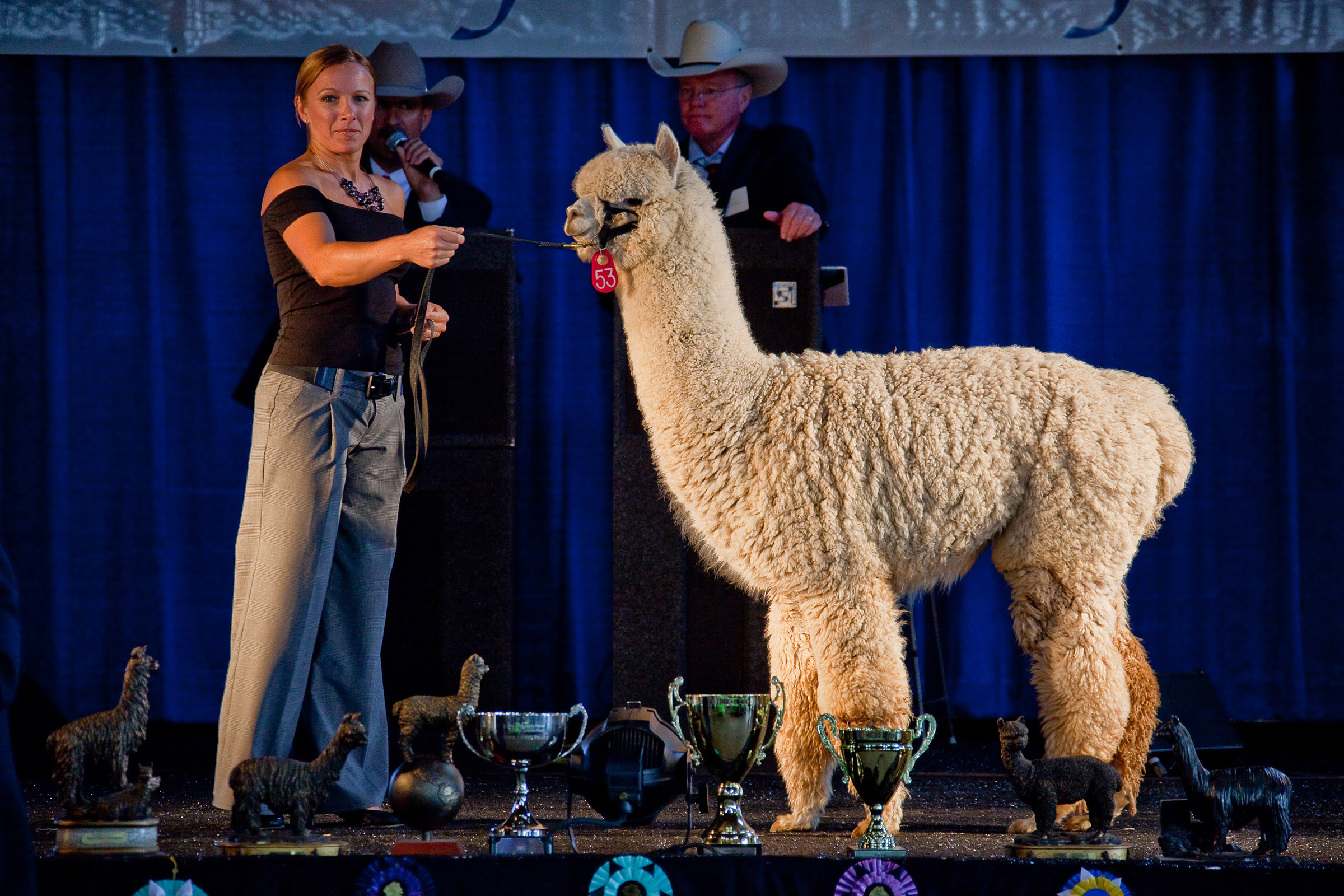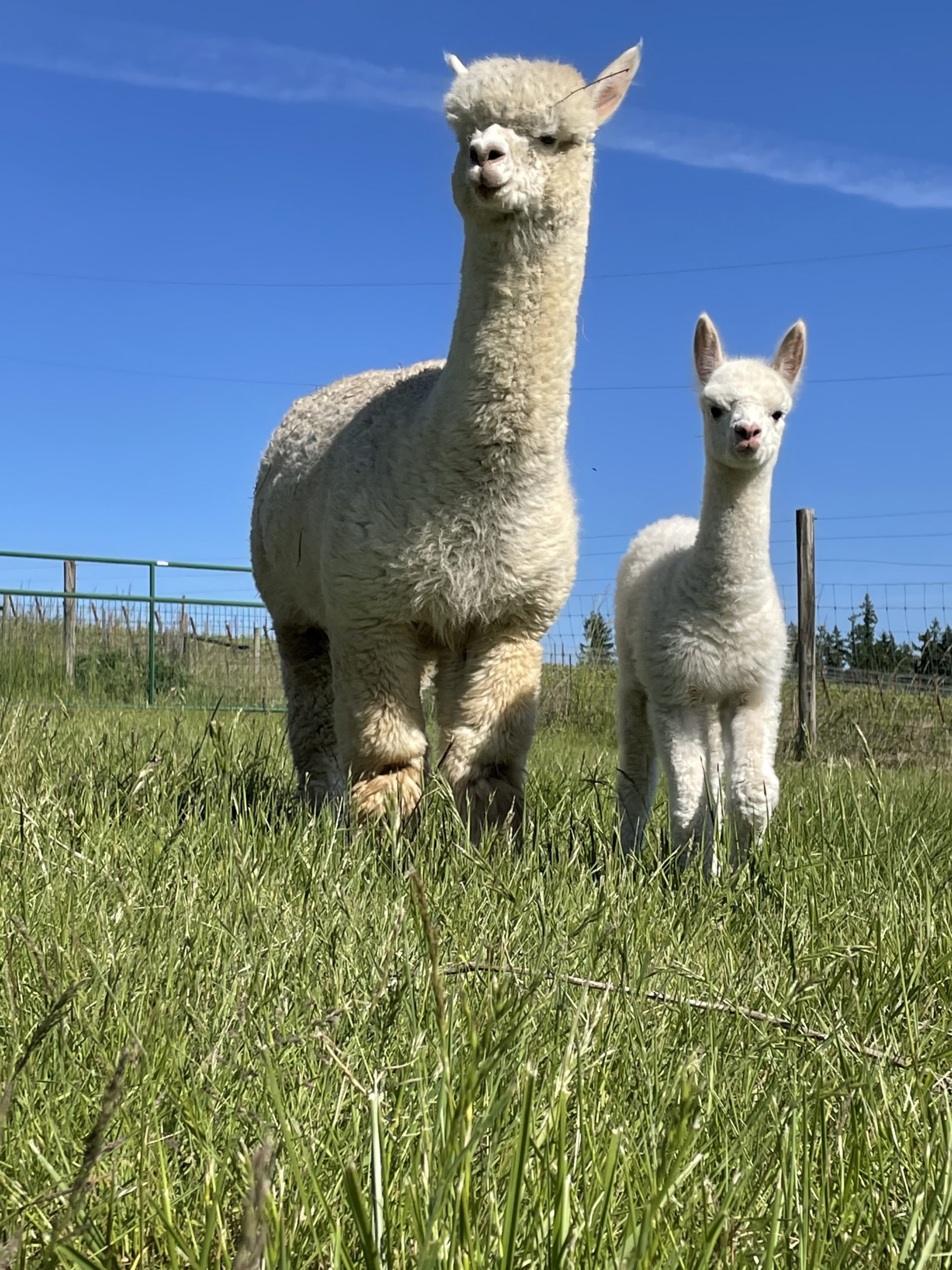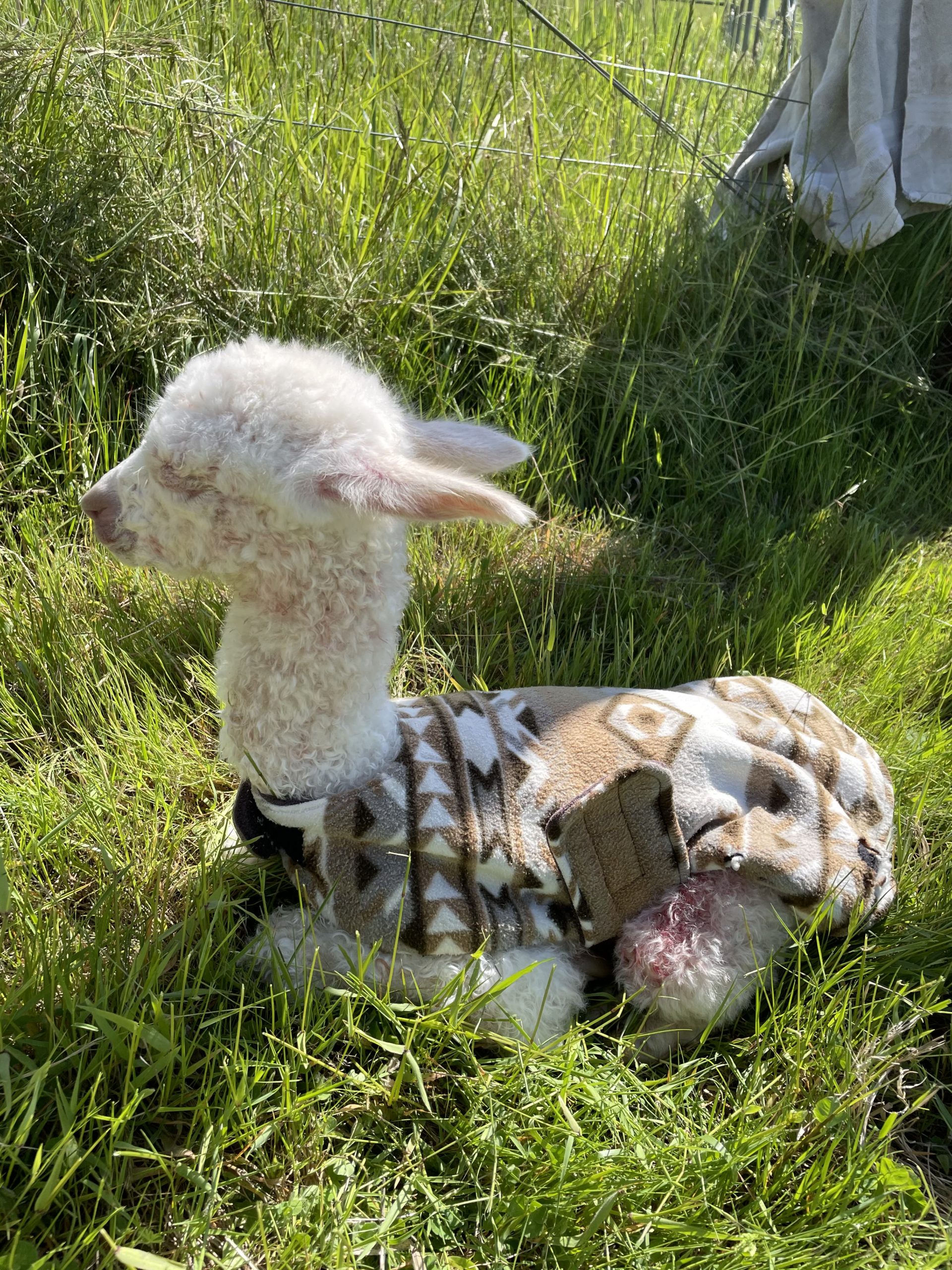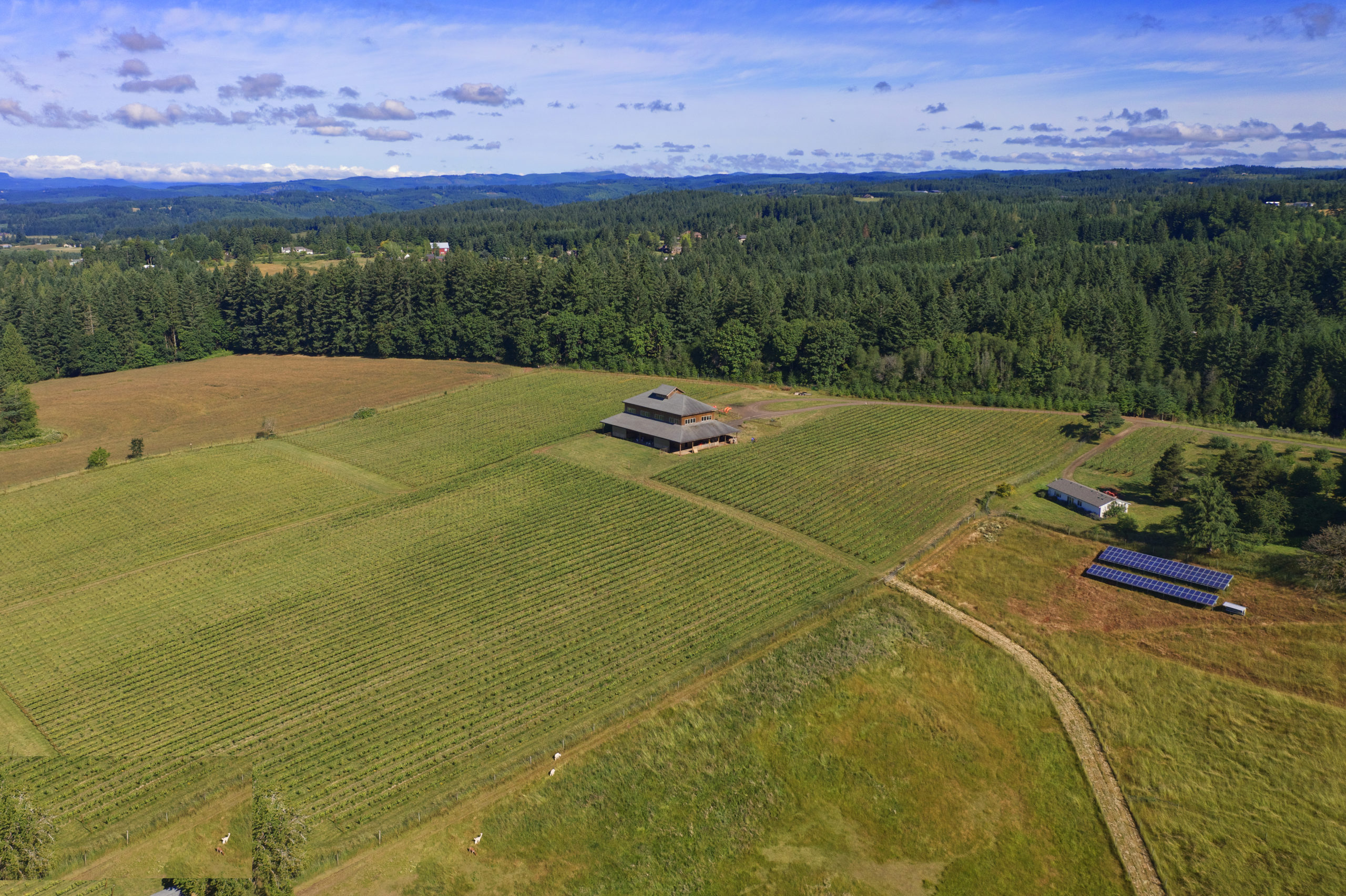
The Reserve
Eagles Nest Reserve sits at the transition between the deep fertile soils of the Tualatin Valley and the forested hills of the Tualatin Mountains. This transitional zone is incredibly rich in wildlife, with forested cover in the upper Reserve, and lush meadows and vineyards to provide sustenance below. The alluvial silt from the Missoula floods created the deep soils in the lower parts of the Reserve, and rich windblown loess coming down the Columbia Gorge covered the ridges. The Atafalati people had lived in the area of the Reserve for thousands of years, with villages in Waibel Gulch near the winery and Eagles Nest Barn. The Ataflati hunted in the forests and Tualatin Valley meadows, and crossed over the Tualatin Mountains to harvest wapato at Sauvies Island each year.
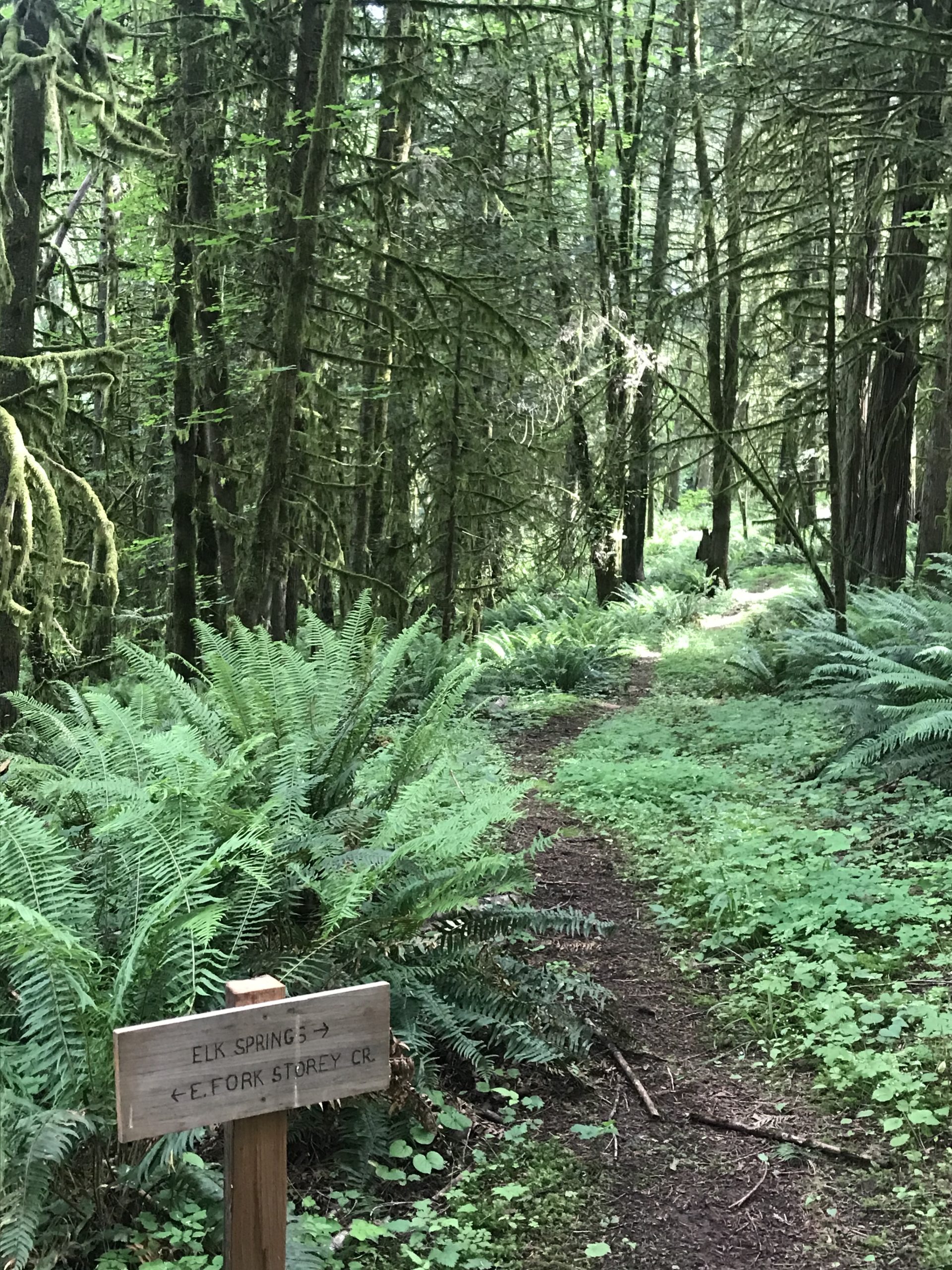
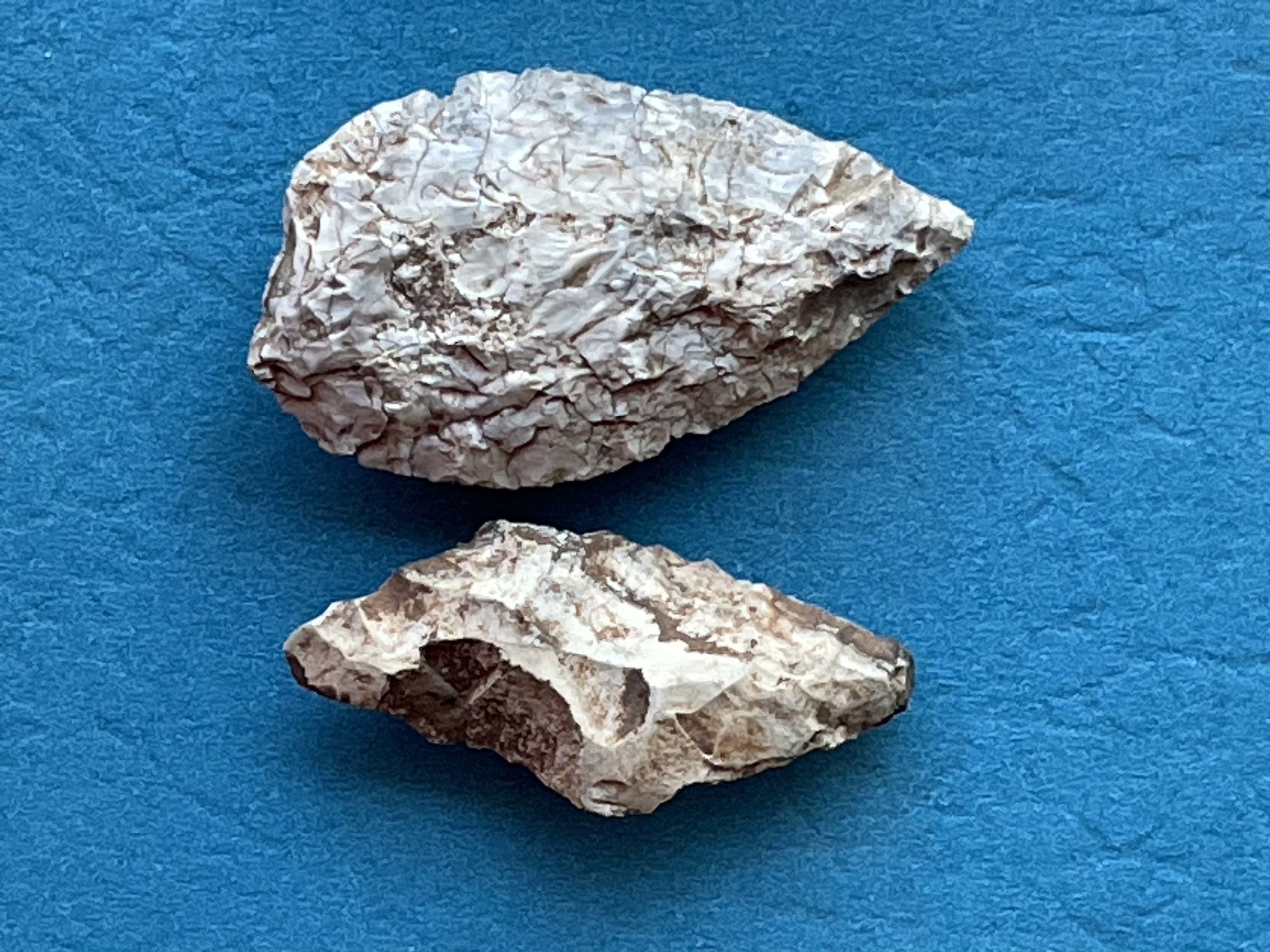
Arrowheads noted to be several thousand years old have been found on the ridge in the main vineyard, made from local stones mined from local streambeds. Ravaged by diseases introduced with the first contact arrival of Europeans at the mouth of the Columbia River and Fort Vancouver, these settlements faded and settlers began arriving. In the late 19th Century, as immigrants from Switzerland came on ships to homestead in the area, they adopted the name Helvetia (Latin for Switzerland).

Helvetia History

What is now known as the community of Helvetia, named by Swiss settlers, was once inhabited by the Tualatins, or Atfalati. Their territory included the modern towns of Forest Grove, Gaston, Hillsboro, North Plains, Beaverton, Cedar Hills, Tigard, Tualatin and Sherwood, covering most of modern Washington County and some of Northern Yamhill County. It is not known how many Tualatins there were at the peak of their population. The first docummented epidemics swept through Oregon in the late 1700s, long before any records of the population numbers were recorded. After suffering repeated waves of severe epidemics, only about 60-70 Tualatins survived in the 1850s. The last chief of the Tualatins, Kayacach (also known as Kiacut), tried to save a portion of their homeland. In 1851, he and other leadrs signed a treaty with the U.S. Government that would have created a reservation centered on Wapato Lake, which used to lie just east of Gaston. Sadly, Congress did not ratify this treaty. The Tualatins were forced to sign another treaty in 1855 which required them to give up all of their ancestral land and relocate to the Grand Ronde Reservation about 45 miles to the southwest the next year.
Needless to say, we are extremely fortunate and appreciative to be stewarding this land. These events of the past fuel our desire to continue the care and respect for our ecosystems that were practiced here by the Tualatins.
The now 160 acre Eagles Nest Reserve is a composite of three homestead farms established by the Swiss immigrant families of Bischoff, Wenger and Korn. The Joseph Bischoff barn, built in 1876, still stands below the winery, with an enormous heirloom walnut tree nearby. One of the 12 original linden trees brought by Swiss immigrants grows at the Wenger homestead below the main vineyard. The Helvetia Community Church, constructed in 1899, is in picturesque view from the tasting room at the barn. The historic site of Cowaniah’s Battlefield is a short hike by trail North of the Eagles Nest Reserve barn. In this meadow, early settlers led by Native American homesteader Charles Cowaniah skirmished with Klickitat raiders who crossed the Tualatin Hills to raid Willamette Valley settlements. At the three treaty rocks below the Reserve’s Beaumont Pond, the parties were said to have reached an agreement that ended further raids. For a number of years, settlers would travel to the site to see the bones of Cowaniah’s horse that was shot during the conflict. The largely self-sufficient homesteads persisted on these rich lands for nearly a century, but were slowly replaced by single cash crop agriculture and forestry.
In the 1970’s, it was recognized that these transitional zones between the valley floors and their adjacent uplands were ideal sites for grazing and growing wine grapes. The upper well-drained ridges of Eagles Nest Reserve have been studied by noted wine consultant Jeffery Lamy of Lamy Wine Consultants and found to be ideal conditions for wine grapes. The lower meadows were reserved for grazing for alpacas and wildlife habitat. As such, Eagles Nest Reserve Vineyard and Winery came to be.

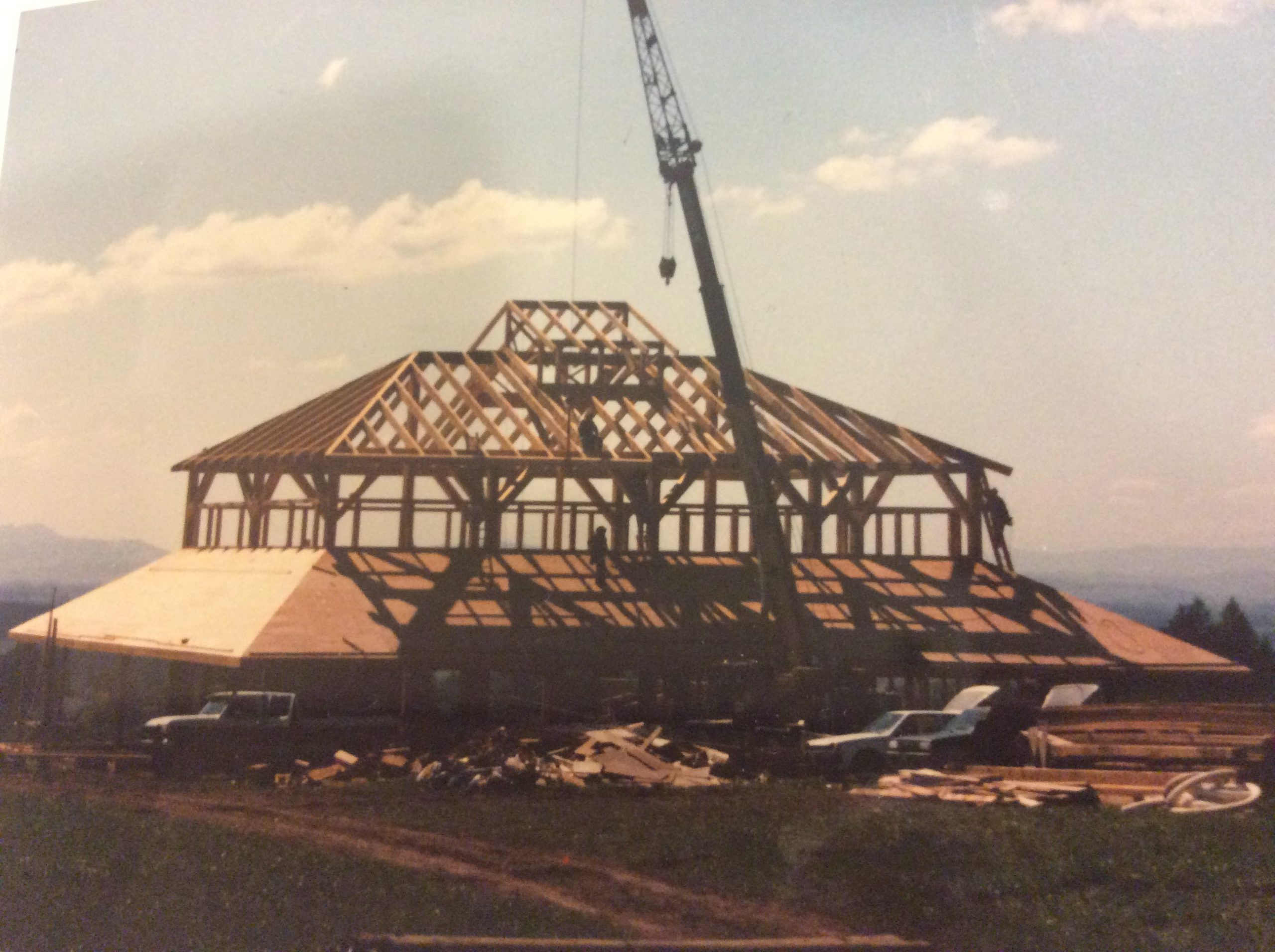
The Barn


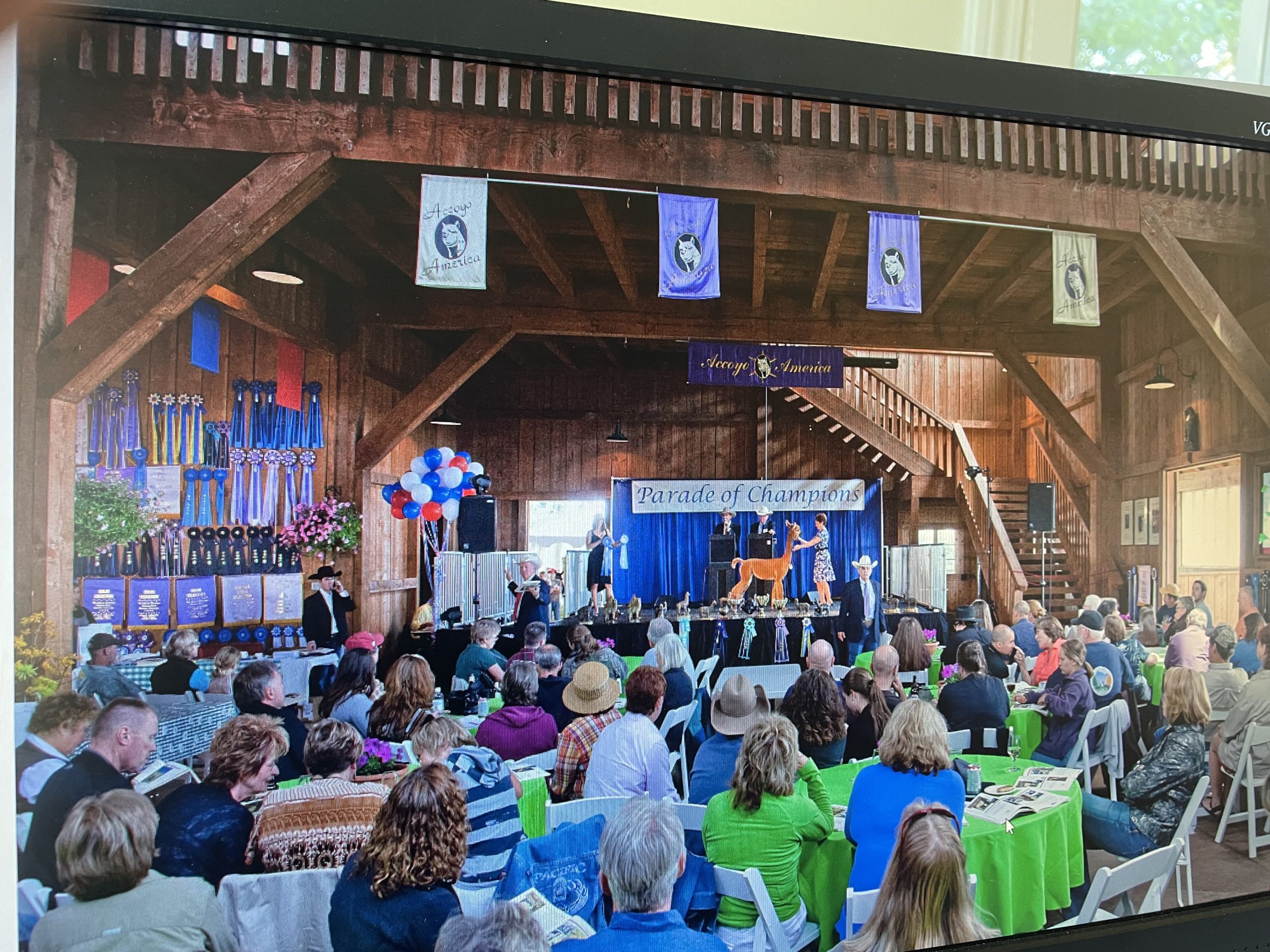
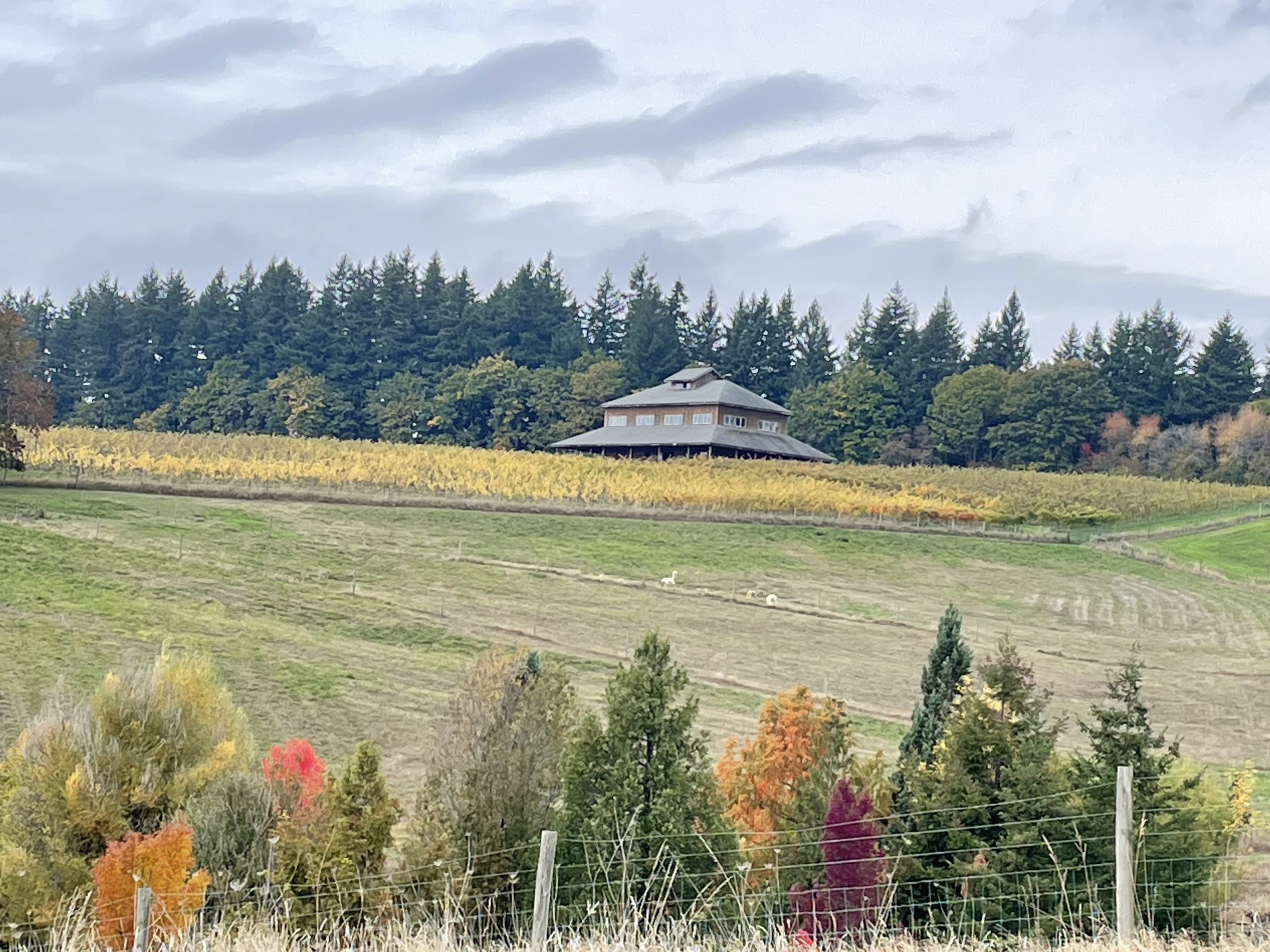


Alpacas!
Alpacas are domesticated ruminant camelids from the Peruvian Andes and one of the finest-fleeced animals in the world. In 1993, we started an alpaca breeding stock business near Glenwood, Oregon. In 1996, we moved the Pacific Crest Accoyo America alpaca herd out of the Coast Range to the more fertile pastures of Helvetia. We built what is now the Eagles Nest Reserve Barn to house them. They thrived on the lush pastures and the herd grew to 240 head. In 1999, we started the Parade of Champions Auction, the first private alpaca auction in the US. The Parade was an annual 4th of July event that drew international buyers and continued for 15 years, until the majority of the herd was sold to New York. A small group of alpacas continue to reside on the Reserve to help maintain control of the pasture for fire prevention and provide organic fertilizer for the vineyards.
